Direct air capture of CO2: the economics?
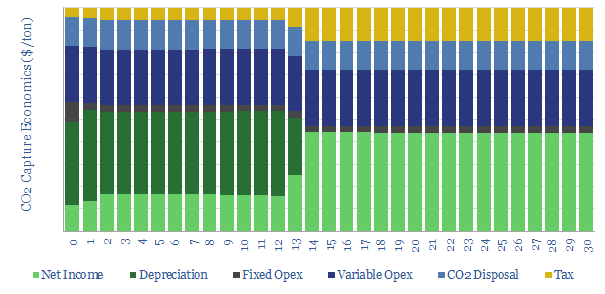
Direct Air Capture of CO2 (DAC) will cost around c$200/ton of CO2 abated, all in, and apples-to-apples with other technologies assessed by TSE. This data-file models the costs of direct…

Direct Air Capture of CO2 (DAC) will cost around c$200/ton of CO2 abated, all in, and apples-to-apples with other technologies assessed by TSE. This data-file models the costs of direct…
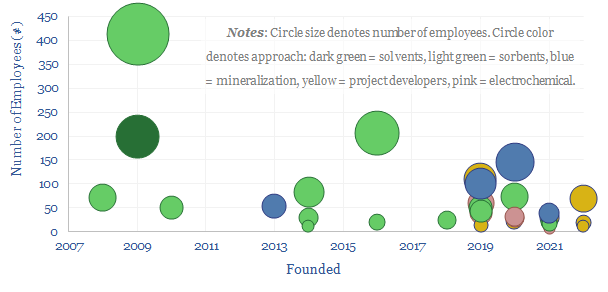
Leading direct air capture companies (DAC companies) are assessed in this data-file, aggregating company disclosures, project disclosures and other data from patents and technical papers. The landscape is evolving particularly…
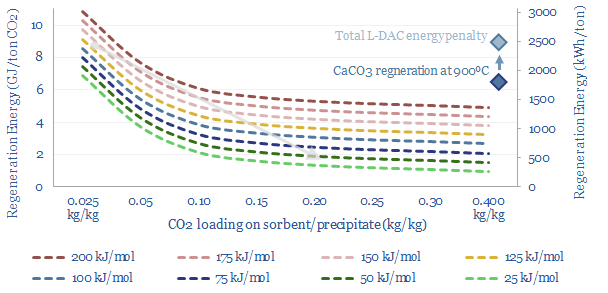
A new wave of direct air capture (DAC) companies has been emerging rapidly since 2019, targeting 50-90% lower costs and energy penalties than incumbent S-DAC and L-DAC, potentially reaching $100/ton…
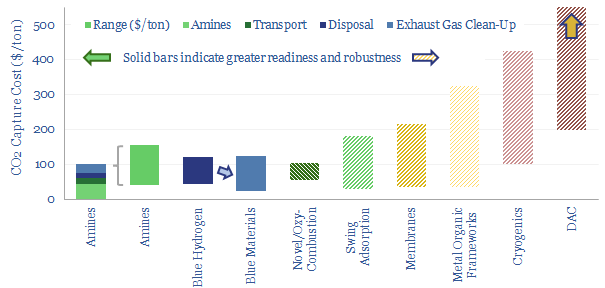
…these niches is scaling up to absorb GTpa-scale CO2 within MTpa-scale supply chains. Direct air capture is a frontier for CCS that aims to absorb CO2, not from an exhaust…
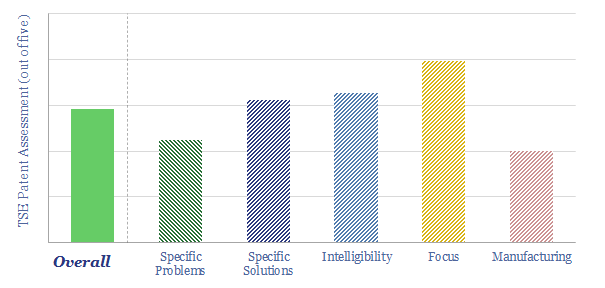
Climeworks is a private Swiss company, founded in 2009, commercializing a direct air capture technology, to pull CO2 out of the atmosphere. It has raised $125M by early-2021. Its first…
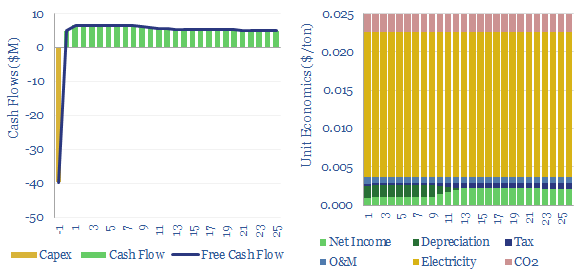
…$200/kW equipment costs and 0.3kWh/ton of energy consumption. 3,000 tons of air flow may be required per ton of CO2 in a direct air capture (DAC) plant. $499.00 – Purchase Checkout Added…
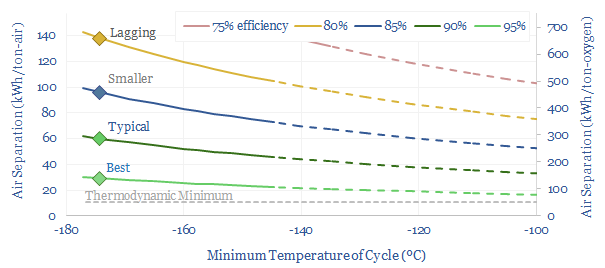
…like batteries, by scaling up and down to smooth out an increasingly volatile power grid? What implications for blue hydrogen, green hydrogen, Allam Cycle oxy-combustion, direct air capture energy economics?…
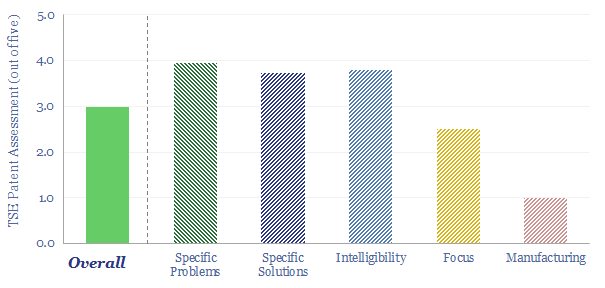
…designs. It is not an L-DAC design, nor an S-DAC design, nor an E-DAC design, but an oxy-fired combustion design. Schematic for oxy-fuelled calcining DAC DAC costs of $200-300/ton may…
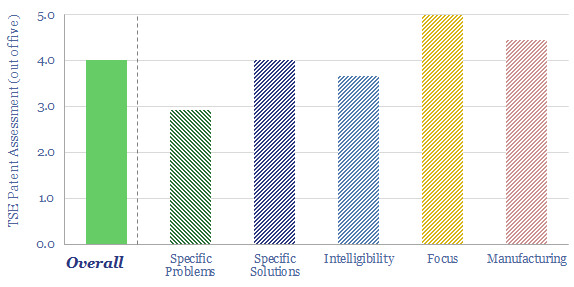
…selectively adsorb CO2 when a voltage is applied, then desorb them when a reverse voltage is applied, unlocking 70% lower energy penalties than incumbent L-DAC and S-DAC? $499.00 – Purchase Checkout Added…
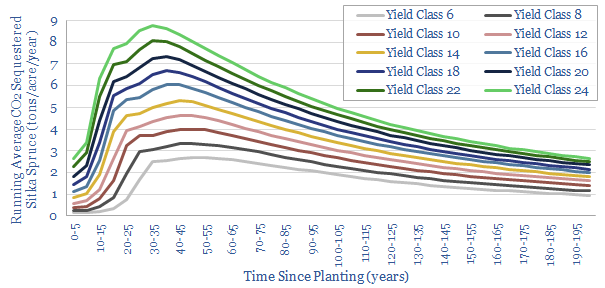
…will clearly be less bio-diverse than mixed broadleaf, but certainly more biodiverse than a Direct Air Capture plant. Overall, Sitka-heavy forests seem to be OK at promoting biodiversity. In America’s…